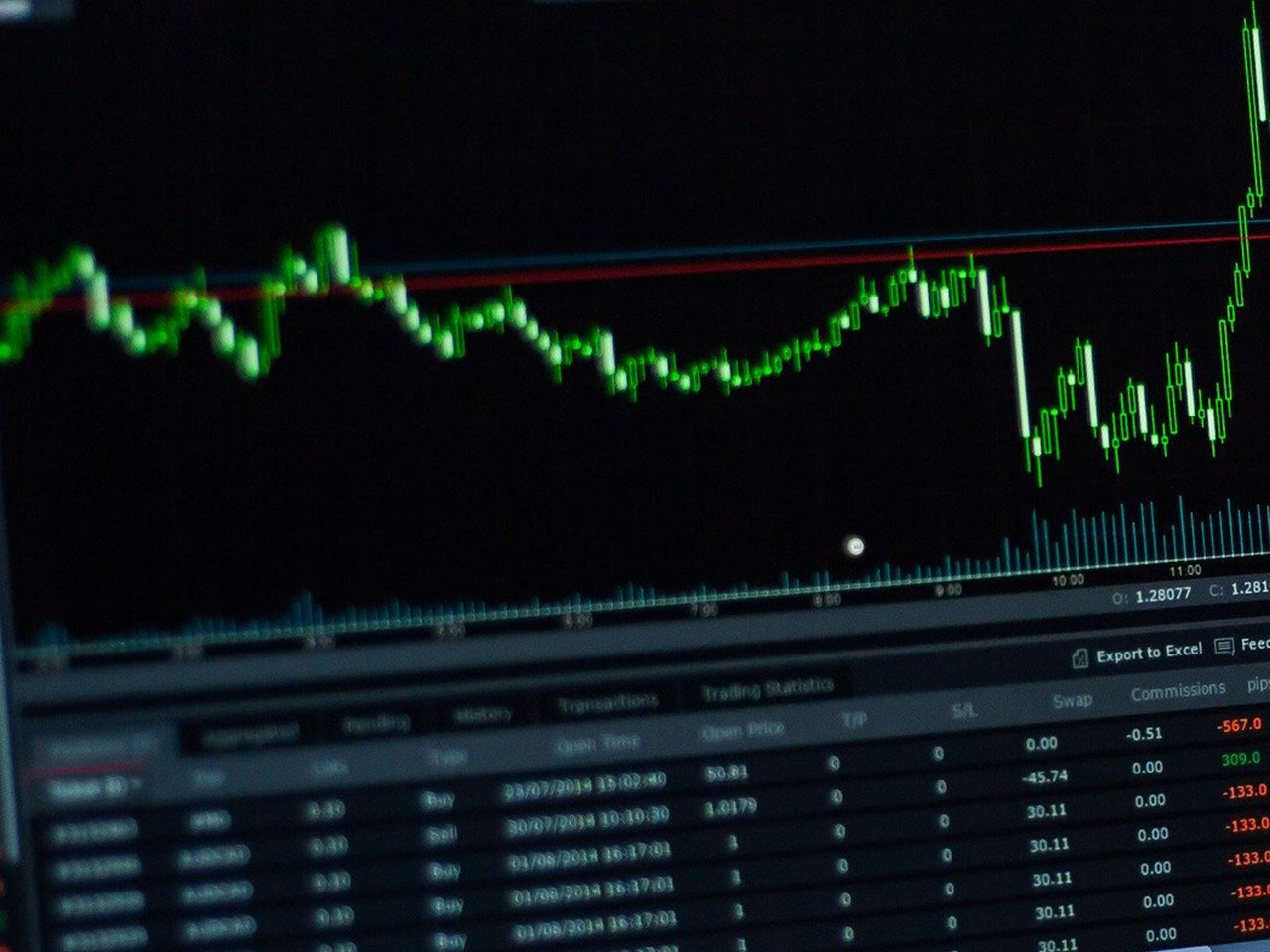Asana, Inc. (NYSE: ASAN), a prominent player in the technology sector, has carved a niche in the software application industry by offering a robust work management platform. Asana’s tools enable organizations worldwide to streamline workflows and achieve strategic goals. Despite its innovative offerings, the company’s recent financial performance and market dynamics present a mixed bag for potential investors.
**Current Market Position**
Asana, with a market capitalization of $3.56 billion, is currently trading at $15.12 per share. The stock has experienced a slight price change, up by $0.09 or 0.01%, and fluctuates within a 52-week range of $11.17 to $27.52. This range indicates significant volatility, reflecting varying investor sentiments and market conditions over the past year.
**Valuation and Financial Health**
Asana’s valuation metrics reveal some challenges. The company does not currently boast a trailing P/E ratio or PEG ratio, and its forward P/E stands at a relatively high 44.91, suggesting expectations of significant future earnings growth. However, the absence of price-to-book and price-to-sales ratios makes it difficult to assess the stock’s valuation comprehensively.
The company’s financial performance highlights include an 8.60% revenue growth rate, which is commendable in the current competitive landscape. However, Asana’s net income and EPS remain negative at -$1.00, and the return on equity is a concerning -83.36%. On a more positive note, Asana’s free cash flow is robust at approximately $128.9 million, indicating healthy cash reserves that could support future growth initiatives or weather economic uncertainties.
**Analyst Sentiments and Potential Upside**
Analyst ratings for Asana are varied, with four buy ratings, ten hold ratings, and four sell ratings. The consensus target price range is $10.00 to $22.00, with an average target of $16.38, offering a potential upside of 8.31% from the current price. This upside suggests that there is room for the stock to appreciate, although the mixed analyst opinions reflect the inherent risks and uncertainties involved.
**Technical Indicators**
Examining Asana’s technical indicators provides further insights. The stock is currently below both its 50-day moving average of $15.30 and its 200-day moving average of $16.65, indicating potential resistance levels and a bearish trend. The Relative Strength Index (RSI) is at 40.10, which is approaching oversold territory, and the MACD indicator, along with the signal line, suggests a cautious trading environment.
**Strategic Position and Future Outlook**
Asana’s strategic positioning as a facilitator of work management across multiple industries is a significant strength. Its hybrid go-to-market approach, combining product-led growth, direct sales, and channel partnerships, allows it to tap into diverse sectors such as technology, healthcare, and manufacturing. This diversification can provide stability amidst sector-specific downturns.
For investors, the key considerations are Asana’s ability to translate its revenue growth into profitability and improve its return on equity. While the company’s current valuation may deter some, those with a higher risk tolerance might find the potential upside and future growth prospects appealing.
Overall, Asana represents an intriguing opportunity within the technology sector. Investors should weigh the potential rewards against the risks, particularly in light of the company’s current financial metrics and market conditions.










































